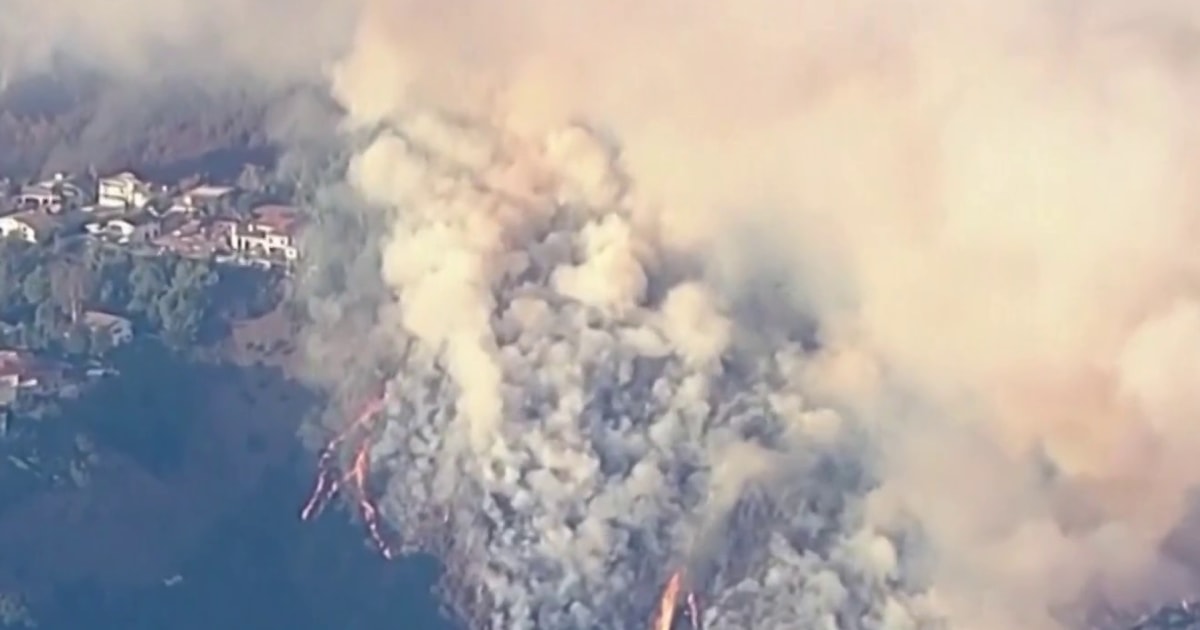Southern California Wildfires: A Growing Crisis Claims 13 Lives
As wildfires rage across Southern California, the death toll has tragically reached 13, raising concerns about safety and emergency response measures. This alarming increase in fatalities highlights a crisis that’s become all too familiar in the region, prompting urgent discussions about the factors contributing to these devastating blazes. In this article, we’ll explore the causes, implications, and potential solutions to the wildfire crisis in Southern California.
Understanding the Current Situation
The recent wildfires in Southern California have not only claimed lives but have also displaced thousands of residents, destroyed innumerable homes, and devastated local ecosystems. The rapid spread of flames has been exacerbated by a combination of dry conditions, high winds, and climate change, creating an environment ripe for catastrophe.
Firefighters are battling blazes that have engulfed vast areas, with some regions experiencing fire outbreaks that seem to ignite overnight. Emergency response teams are stretched thin as they work round the clock to protect communities and control the fires. Sadly, the increasing death toll underscores the urgency of the situation.
Factors Contributing to the Wildfires
The ongoing crisis can be attributed to several interrelated factors:
- Climate Change: Rising temperatures and prolonged drought conditions have left much of Southern California parched, making it more susceptible to wildfires.
- Vegetation Management: Overgrowth of vegetation due to fire suppression efforts in previous years has resulted in an abundance of fuel for wildfires.
- Wind Patterns: The notorious Santa Ana winds can rapidly spread flames, turning small fires into uncontrollable infernos.
- Human Activity: Many wildfires are ignited by human actions, whether accidental or intentional, highlighting the need for better awareness and prevention strategies.
The Impact on Communities
The ramifications of these wildfires extend far beyond the immediate destruction. Communities are left grappling with loss, both emotionally and physically. Families have lost homes, cherished belongings, and even loved ones in these tragic events. The psychological toll cannot be understated, as survivors face trauma and uncertainty about their future.
Moreover, local economies suffer as businesses are forced to shut down or evacuate. Tourism, a significant industry for many areas, can take a hit, further complicating recovery efforts. Schools may close, disrupting education for children and adding to the community’s stress.
Emergency Response and Preparedness
In the face of this crisis, emergency response measures are being scrutinized. While firefighters and emergency services work heroically, the scale of the fires often outpaces their efforts. Experts argue that there is a pressing need for better preparedness and resource allocation to handle the increasing frequency and intensity of wildfires.
Key areas for improvement include:
- Early Warning Systems: Implementing advanced technology for early detection can give communities more time to prepare and evacuate if necessary.
- Community Education: Increasing public awareness about fire safety and emergency plans can empower residents to take proactive measures.
- Resource Allocation: Ensuring that firefighting resources are sufficient and strategically placed can enhance response efforts during peak fire seasons.
- Collaboration: Local, state, and federal agencies must work together to create comprehensive wildfire management plans.
The Role of Climate Change
Climate change is undeniably a significant player in the increasing severity of wildfires in Southern California. As temperatures rise and precipitation patterns shift, the region is experiencing longer and more intense fire seasons. This trend is not only alarming but also serves as a wake-up call for policymakers and the public alike.
Scientists warn that without substantial efforts to mitigate climate change, the frequency and intensity of wildfires will likely continue to grow. This highlights the need for a dual approach: addressing the immediate crisis while also tackling the root causes of climate change.
Future Outlook and Prevention Strategies
Looking ahead, it’s crucial to adopt strategies that can help prevent future wildfires and mitigate their impact. Some effective measures include:
- Controlled Burns: Implementing controlled burns where safe can reduce the amount of dry vegetation that fuels wildfires.
- Urban Planning: Ensuring that new developments are built with fire-resistant materials and include defensible space can protect homes.
- Reforestation Efforts: Restoring native vegetation can help stabilize ecosystems and reduce fire risks.
- Investment in Renewable Energy: Transitioning to renewable energy sources can help combat climate change, ultimately reducing the frequency of wildfires.
Conclusion: A Call to Action
The Southern California wildfires are a stark reminder of the vulnerabilities faced by communities living in fire-prone areas. With 13 lives lost, it’s imperative that we come together—communities, governments, and organizations—to address this growing crisis. While the immediate focus must be on rescuing those affected and managing the fires, long-term solutions are necessary to protect future generations.
By investing in education, emergency preparedness, and sustainable practices, we can create a more resilient Southern California. The time for action is now; let’s not wait for the next wildfire to strike before we take the necessary steps to safeguard our communities and environment.
See more Your Daily Weather



